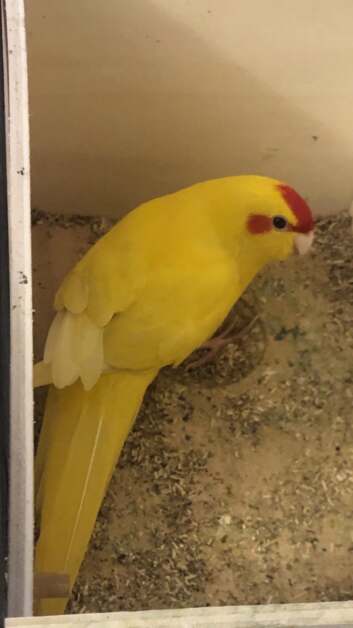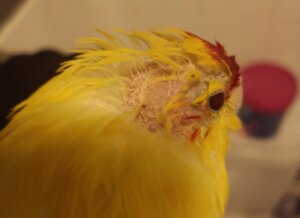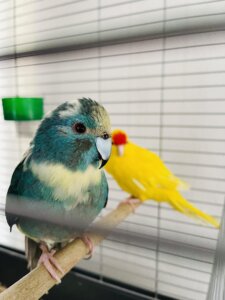What Age Are Kakarikis Fully Grown: Discover Key Growth Milestones
Kakarikis, also known as New Zealand parakeets, are fascinating birds. They are small, colorful, and full of energy.
But when do these lively birds reach full size? Kakarikis typically reach full growth by the age of 6 to 8 months. During this period, they develop their vibrant plumage and lively personality. Understanding the growth stages of Kakarikis can help bird owners provide better care.
Knowing when they are fully grown ensures you meet their dietary and habitat needs. These intelligent birds require specific attention as they grow. By recognizing their growth milestones, you can ensure a happy and healthy life for your feathered friend. So, let’s dive deeper into the growth journey of Kakarikis. Discover what to expect as they mature into beautiful adult birds.
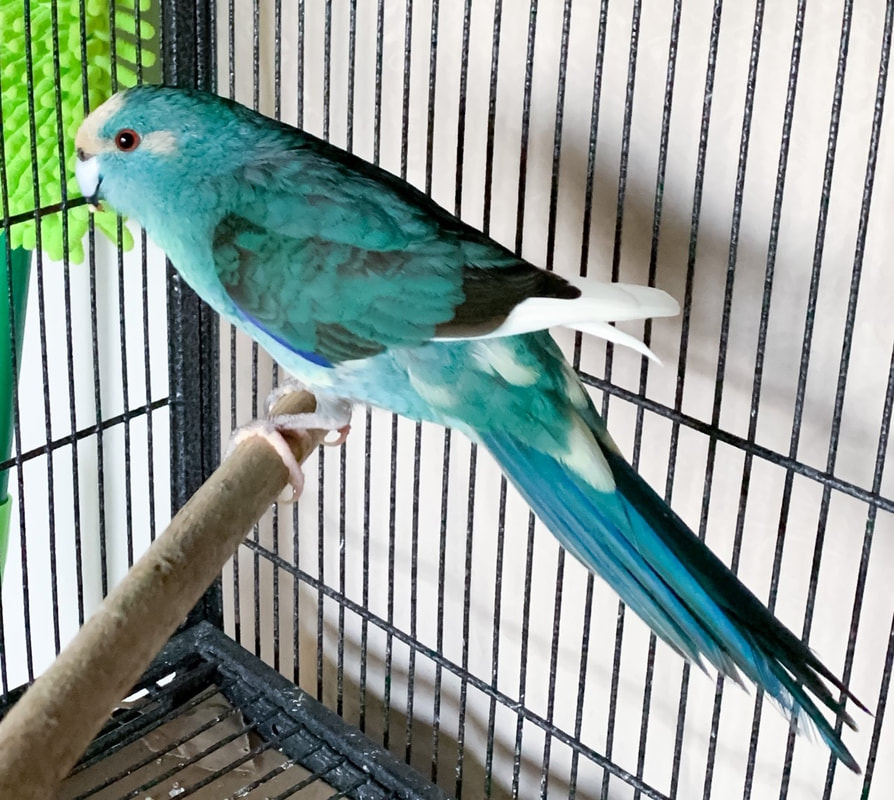
Credit: www.featheredtreasuresaviary.com
Introduction To Kakarikis
Kakarikis, vibrant parakeets, typically reach full maturity by 12 months. They exhibit lively behavior and colorful plumage. These birds thrive with proper care and attention.
Kakarikis, also known as New Zealand parakeets, are charming and lively birds. They are well-loved pets due to their playful nature and bright colors. Understanding more about these birds can help you care for them better. Let’s dive into their origin, species, and physical characteristics.Origin And Species
Kakarikis originate from New Zealand. There are three main species: the Red-crowned, Yellow-crowned, and Orange-fronted. Each species has unique traits. The Red-crowned is the most common among pet owners. These birds thrive in various habitats, from forests to coastal areas.Physical Characteristics
Kakarikis are small to medium-sized parrots. They usually measure around 10-11 inches long. Their vibrant plumage varies with species. Red-crowned Kakarikis have a bright green body with a red forehead. Yellow-crowned ones display yellow feathers on their heads. Orange-fronted Kakarikis have an orange patch on their forehead. Their wingspan is about 15 inches, allowing them to fly swiftly. Kakarikis have strong legs and a robust beak. Their beak helps them crack seeds and nuts. They also use their beak for climbing and playing. Their feet are zygodactyl, meaning they have two toes pointing forward and two backward. This feature aids in gripping branches and toys. Kakarikis are known for their energetic behavior. They love to explore and play. Providing a spacious cage and toys keeps them entertained. Their curious nature makes them delightful pets. By knowing their origin and physical traits, you can better appreciate these fascinating birds. “`Growth Stages Of Kakarikis
Kakarikis are vibrant and energetic birds, known for their curious nature. Understanding their growth stages is essential for their proper care. Let’s delve into the key stages from hatching to adulthood.
Hatching To Fledgling
After the eggs hatch, kakariki chicks are completely dependent on their parents. They are born blind and featherless. During this stage, they require warmth and frequent feeding.
- 0-1 Week: Chicks start to develop down feathers.
- 2-3 Weeks: Eyes open, and pin feathers begin to appear.
- 4-5 Weeks: Feathers grow in, and chicks start to explore the nest.
By the end of this stage, they become fledglings. They start to leave the nest but still rely on their parents for food.
Juvenile To Adult
Fledglings transition to juveniles as they learn to fly and forage. This stage is crucial for developing their independence.
- 6-8 Weeks: Fledglings learn basic flying skills.
- 8-12 Weeks: They start to eat on their own but may still get fed by parents.
- 3-6 Months: Juveniles become fully independent and resemble adult kakarikis.
By six months, they are fully grown and exhibit adult behavior. Physical changes include the development of bright plumage and stronger beaks.
Understanding these stages ensures you provide the best care for your kakariki from hatching to adulthood.
Nutritional Needs
Understanding the nutritional needs of Kakarikis is vital for their growth and health. These small parrots have specific dietary requirements at different stages of their lives. Meeting these needs ensures they grow into healthy adults.
Diet In Early Stages
In the early stages, Kakarikis need a diet rich in proteins and vitamins. These nutrients support their rapid growth and development. A balanced diet for young Kakarikis should include:
- Fresh fruits like apples, bananas, and berries.
- Vegetables such as spinach, carrots, and broccoli.
- High-quality bird pellets.
- Occasional treats like boiled eggs.
Ensure that fresh water is always available. Hydration is crucial for their metabolism and overall health.
Diet For Adult Kakarikis
As Kakarikis reach adulthood, their dietary needs change slightly. While they still require a mix of fruits and vegetables, the focus should shift to maintaining their health and vitality. An ideal diet for adult Kakarikis includes:
- A variety of fresh fruits and vegetables.
- Seeds and nuts in moderation.
- High-quality bird pellets.
- Occasional protein sources like legumes and lean meats.
It’s important to avoid foods that are toxic to birds, such as avocado, chocolate, and caffeine. Regularly changing their diet ensures they receive all the necessary nutrients.
Maintaining a proper diet for Kakarikis at all stages of life promotes their growth and well-being. Proper nutrition is key to a happy and healthy bird.
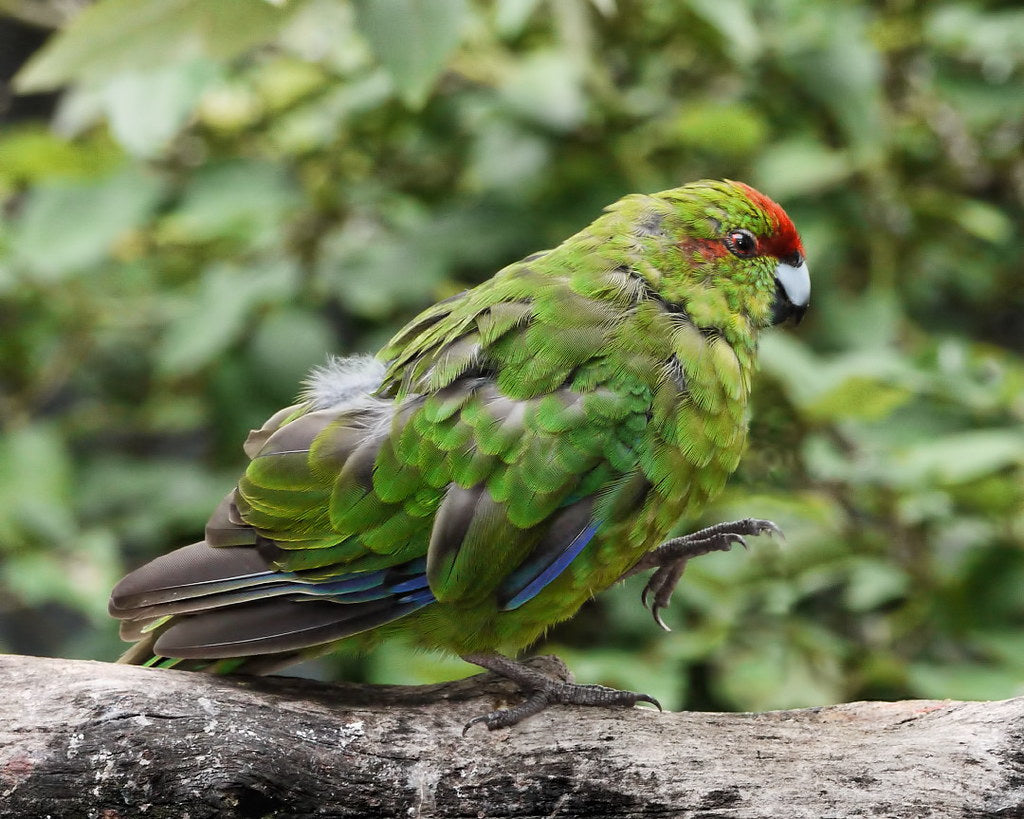
Credit: www.birdcagesnow.com
Behavioral Changes
As Kakarikis grow, their behavior changes significantly. Understanding these changes helps in caring for them better. This section explores the behavioral changes seen in Kakarikis as they reach full growth.
Social Interaction
Fully grown Kakarikis become more social. They enjoy interacting with their owners and other birds. Their playful nature becomes evident. They often engage in activities like playing with toys and exploring their surroundings. These birds love to be out of their cages, interacting and bonding with their human companions.
Vocalization Patterns
Vocalization patterns in Kakarikis also change as they mature. They start mimicking sounds they hear frequently. Their calls become louder and more varied. Fully grown Kakarikis often communicate with a range of sounds. These sounds include whistles, squawks, and mimicry of human speech. Observing these vocal changes can be fascinating for bird enthusiasts.
Physical Development
Kakarikis, known for their playful nature and vibrant colors, undergo several stages of physical development. Understanding these stages helps in providing better care and ensuring their well-being. Below, we delve into the essential aspects of their physical growth.
Feather Growth
Kakarikis start developing their feathers at a young age. The first feathers, known as down, appear around the second week. By the fourth week, more structured feathers start to emerge. These feathers provide insulation and protection. During this period, it’s crucial to maintain a stable and warm environment for optimal feather growth.
| Age (Weeks) | Feather Development Stage |
|---|---|
| 2 Weeks | Down Feathers |
| 4 Weeks | Primary Feathers |
| 6-8 Weeks | Full Feathering |
Wing And Tail Development
Wing and tail development in kakarikis is a fascinating process. Initially, their wings and tails are short and stubby. As they grow, these features elongate and strengthen. By the time they are 8 weeks old, their wings and tails are well-developed, allowing them to practice flying.
- Weeks 1-3: Wings and tail begin to develop.
- Weeks 4-6: Significant growth in wing and tail length.
- Weeks 7-8: Wings and tail fully developed, enabling flight.
Proper nutrition and exercise are vital during this stage to ensure healthy wing and tail growth. A balanced diet rich in vitamins and minerals supports strong feather and muscle development. Allowing ample space for movement encourages practice and strengthens their flying abilities.
Environmental Factors
Kakarikis, also known as the New Zealand parakeets, are captivating birds. Their growth and development depend on various environmental factors. These factors play a crucial role in determining their overall health and maturity.
Habitat Requirements
Kakarikis thrive in environments that mimic their natural habitat. They need spacious cages to move freely. Fresh food and clean water are essential. These birds also enjoy a variety of perches and toys. Natural sunlight is important for their health. A well-ventilated space helps them breathe easily. Regular interaction keeps them mentally stimulated.
Impact Of Captivity
Captivity can affect Kakarikis’ growth. Limited space can hinder their physical development. Poor diet impacts their health and growth rate. Lack of mental stimulation can lead to stress. Inadequate sunlight affects their bone health. Poor ventilation can cause respiratory problems. Regular vet check-ups are essential to monitor their growth. Proper care ensures they reach full maturity.
Health And Wellness
Kakarikis are charming, lively birds that need proper health and wellness care. Their vibrant feathers and active nature can mask potential health issues. Understanding their needs is crucial to ensure they thrive. This section covers common health issues and preventive measures.
Common Health Issues
Kakarikis face several common health issues. These include feather plucking, respiratory infections, and mites. Feather plucking can indicate stress or boredom. Respiratory infections often result from poor ventilation or sudden temperature changes. Mites can cause itching and skin problems.
Another concern is obesity. These birds love to eat and can easily gain weight. Obesity can lead to other health problems. Regular exercise and a balanced diet are essential. Watch for signs like lethargy or difficulty breathing. These could signal underlying issues that need attention.
Preventive Measures
Preventive measures can keep your Kakariki healthy. Provide a clean, well-ventilated cage. Regularly clean the cage to prevent mite infestations. Offer a balanced diet with fruits, vegetables, and seeds. Avoid high-fat foods to prevent obesity.
Ensure your bird gets enough exercise. Kakarikis are active and need space to move. Allow them out-of-cage time to explore and fly. This helps maintain their physical health and mental well-being. Regular check-ups with an avian vet are also important. Early detection of problems can lead to better outcomes.
Kakarikis In Captivity
Kakarikis are playful and active parrots that thrive in a captivity environment. Understanding their growth stages and providing proper care can ensure a happy and healthy life for these vibrant birds. In this section, we’ll explore what to expect when raising Kakarikis in captivity, including essential caring tips and their lifespan expectations.
Caring Tips
To keep your Kakariki healthy, follow these essential tips:
- Diet: Feed a balanced diet of pellets, fresh fruits, and vegetables.
- Exercise: Provide ample space for flying and climbing.
- Social Interaction: Spend time interacting with your bird daily.
- Hygiene: Clean the cage and change water regularly.
Lifespan Expectations
Kakarikis can live up to 10-15 years in captivity with proper care. They reach full maturity around 12 months of age. Here’s a quick overview:
| Age | Development Stage |
|---|---|
| 0-3 months | Chick – Dependent on parents |
| 3-6 months | Juvenile – Learning to fly and eat |
| 6-12 months | Adolescent – Gaining independence |
| 12+ months | Adult – Fully grown and mature |
With the right care, your Kakariki will thrive and bring joy to your home for many years.

Credit: www.birdcagesnow.com
Frequently Asked Questions
When Do Kakarikis Reach Full Maturity?
Kakarikis typically reach full maturity around 9 to 12 months of age. During this time, they develop their full plumage and adult behavior patterns.
What Is The Lifespan Of A Kakariki?
Kakarikis have a lifespan of about 10 to 15 years. Proper care, diet, and a stress-free environment contribute to their longevity.
How Can You Tell If A Kakariki Is Fully Grown?
A fully grown Kakariki has vibrant plumage and a stable weight. Their behavior is also more consistent and less erratic.
Do Kakarikis Grow After Their First Year?
Kakarikis do most of their growing in the first year. After 12 months, they are typically at their full size.
Conclusion
Kakarikis reach full growth at around 8 to 12 months. They become more active and curious as they mature. It’s essential to provide a stimulating environment for their development. Proper diet and care ensure they stay healthy. A happy, fully-grown Kakariki will bring joy to any home.
Understanding their growth helps in nurturing them better. Always enjoy the process of watching them grow.
Hello Dear, I'm Poli Kolymnia, owner of many birds (including budgies).
With a deep passion for these feathered companions, I'm here to share my expertise and extensive knowledge on birds care.
My articles cover essential topics like diet, housing, care, and health, providing practical tips to help you create a happy and thriving environment for your birds.

